Osteoarthritis and Agricultural Workers
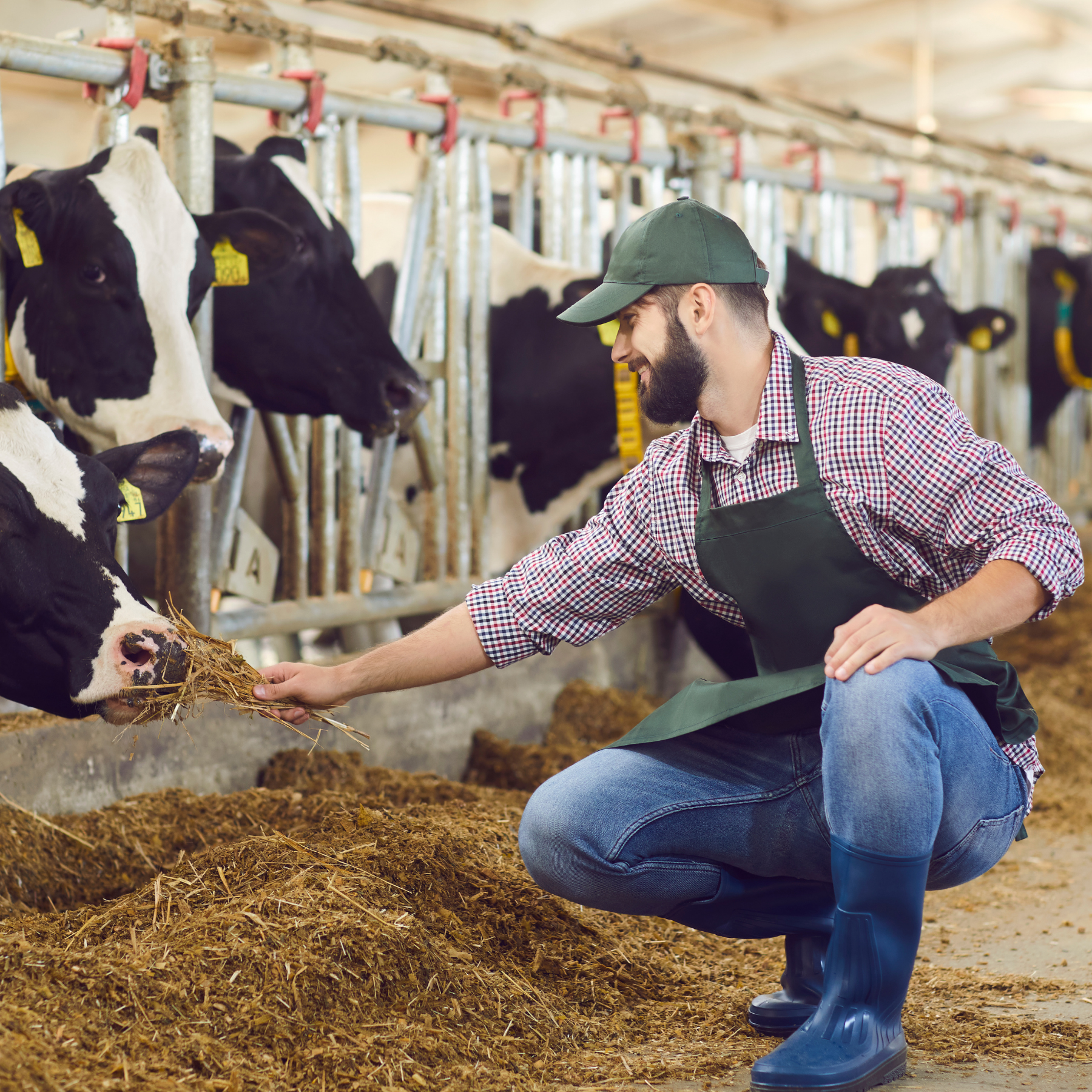 Joint pain is common, especially among certain professions such as farming, ranching and other agricultural work. Many of the tasks related to this profession place repeated stress on joints that are at risk for developing Osteoarthritis (OA). Joints in the hands, back, hips, knees, and feet can become damaged over time causing pain and limiting a person’s ability to perform job-related tasks or recreational activities.
Joint pain is common, especially among certain professions such as farming, ranching and other agricultural work. Many of the tasks related to this profession place repeated stress on joints that are at risk for developing Osteoarthritis (OA). Joints in the hands, back, hips, knees, and feet can become damaged over time causing pain and limiting a person’s ability to perform job-related tasks or recreational activities.
Fortunately, there are many ways to reduce joint pain so agricultural workers can continue their jobs and daily activities.
WHAT IS OA?
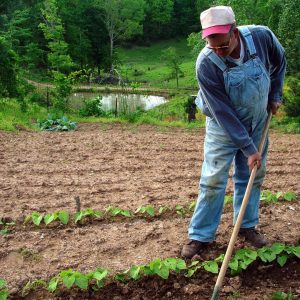 Osteoarthritis (OA) is the most common type of arthritis. Osteoarthritis mostly affects cartilage – the strong, smooth substance that covers the ends of bones found in joints. Healthy cartilage allows the bones to move freely and smoothly, and also provides some shock absorption. When someone has OA, the surface layer of cartilage breaks and wears away. This allows the bones under the cartilage to rub together, causing pain, swelling, and loss of motion of the joint. Over time, these changes can actually affect the bones and tendons, causing other joint issues, and potentially leading to significant disability.
Osteoarthritis (OA) is the most common type of arthritis. Osteoarthritis mostly affects cartilage – the strong, smooth substance that covers the ends of bones found in joints. Healthy cartilage allows the bones to move freely and smoothly, and also provides some shock absorption. When someone has OA, the surface layer of cartilage breaks and wears away. This allows the bones under the cartilage to rub together, causing pain, swelling, and loss of motion of the joint. Over time, these changes can actually affect the bones and tendons, causing other joint issues, and potentially leading to significant disability.
For most people, OA can get worse over time if nothing is done to address the pain and symptoms now. While there is no cure for arthritis, joint pain and OA symptoms can be managed through treatment, lifestyle changes, and education. Click here to read more about OA.
CAN OA BE PREVENTED?
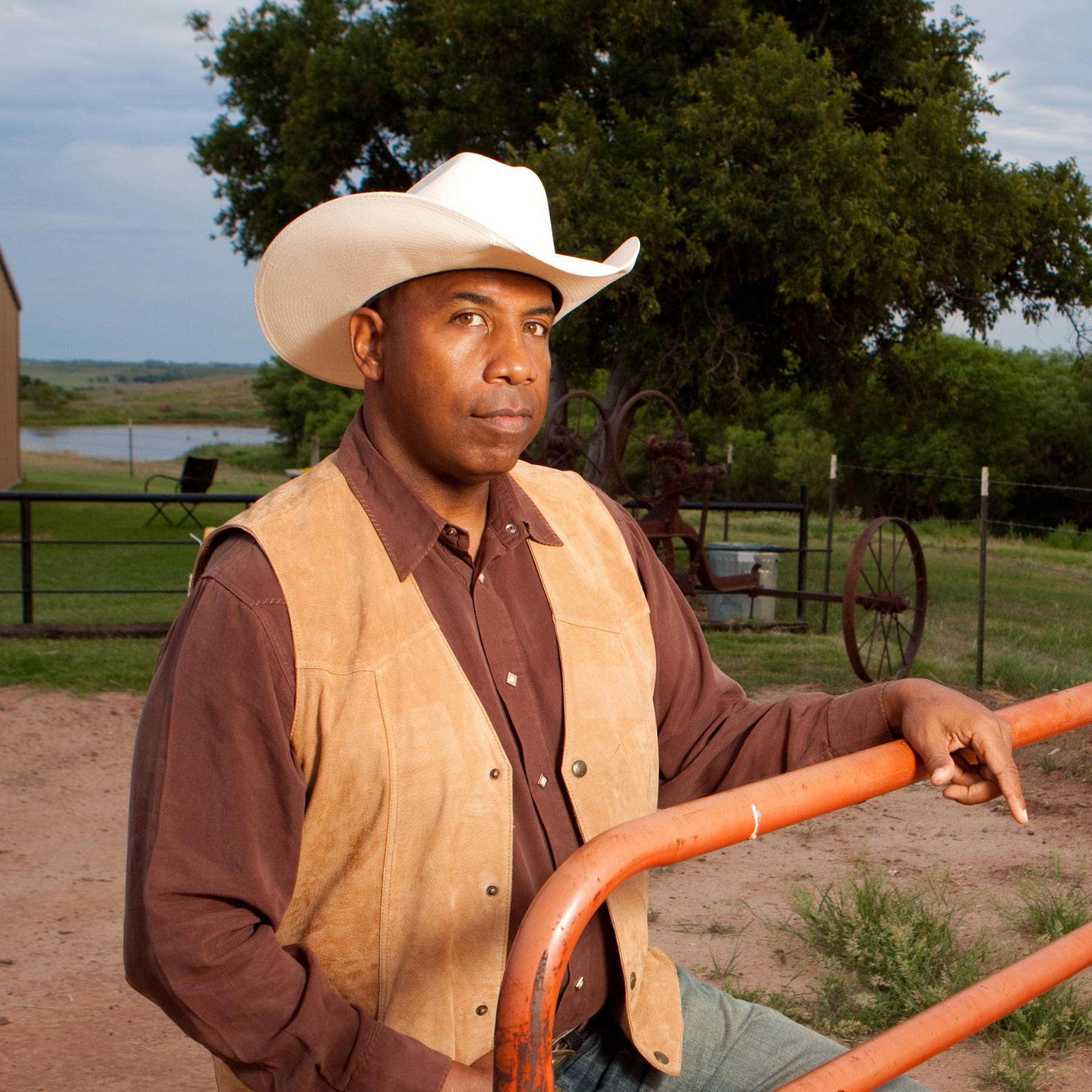
OA is the most common form of arthritis experienced by farmers, ranchers, and farm workers. And although OA is more common as people age, the high-impact and repetitive motions that go hand-in-hand with agricultural work can lead to earlier onset of the disease. It is important for people in this line of work to take steps to protect their joints as much as possible, especially those who are just beginning to enter the profession.
- Use mechanical assistance for farming tasks.
- Avoid jarring movements. Gently step off equipment instead of jumping down.
- Alternate difficult jobs with easier ones. (Example: Replace fence posts in the morning when you have the most strength and work on less physically demanding projects in the afternoon.)
- Use proper technique and good form when lifting or carrying objects. (Example: Always bend from the knees and use your leg muscles to push yourself up to standing.)
- Ensure that farming equipment, such as tractors, have supportive seating and cab space.
- Wear good-quality, supportive footwear.
- When in the barn or shop, keep a chair, stool or bench nearby so you can take short rests.
- Use assistive devices and easier-to-grip tools when possible. (1)
- Arrange tools so they are easier to reach.
- Transfer items using a cart, rather than carrying them.
- Raise or lower the work table or bench to reduce the need to bend or reach. (2)
CAN OA BE TREATED?
While there is currently no cure for OA, there are a number of lifestyle changes that people can make to help ease symptoms like pain, fatigue, and swelling. In addition to protecting joints when performing work-related tasks, the two most helpful ways to improve OA symptoms are maintaining a healthy weight and exercising.
Weight management
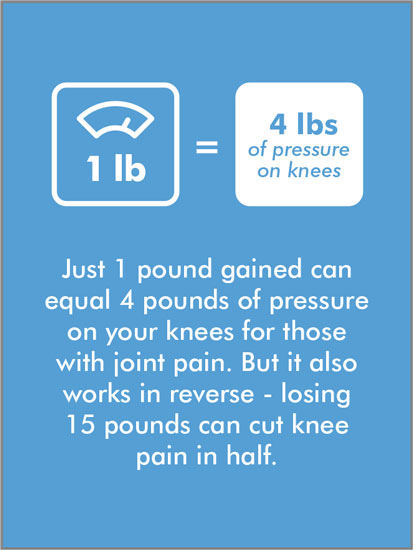
Losing up to 1 pound can reduce the pressure on knees by 4 pounds! For more tips on losing weight to support healthier joints visit this page.
Exercise
Although agricultural work is often a relatively active profession, performing exercises that contribute to joint health can be different. Low-impact activities improve OA symptoms and can help build strength. Many people believe that when their joints hurt, they shouldn’t move them, but the opposite is true! Activities like walking, biking, stretching, and resistance training are low-cost and widely available for most people. It is recommended that those with OA start slow and build up to exercising at least five days a week. More details can be found here.
Hot/Cold Therapy
Therapeutic heating/cooling has been proven to help improve joint pain. A warm shower or compress in the morning can help loosen stiff joints and get them ready for the day. Similarly, warmth can help relax the muscles around joints and relieve stress following a hard day of labor. (3) Some people with OA find that using a cold compress for up to 20 minutes on aching joints can help numb the pain. (4) For more on using heat, cold, and topical pain relievers, click here.
ARE THERE MODIFICATIONS TO HELP?
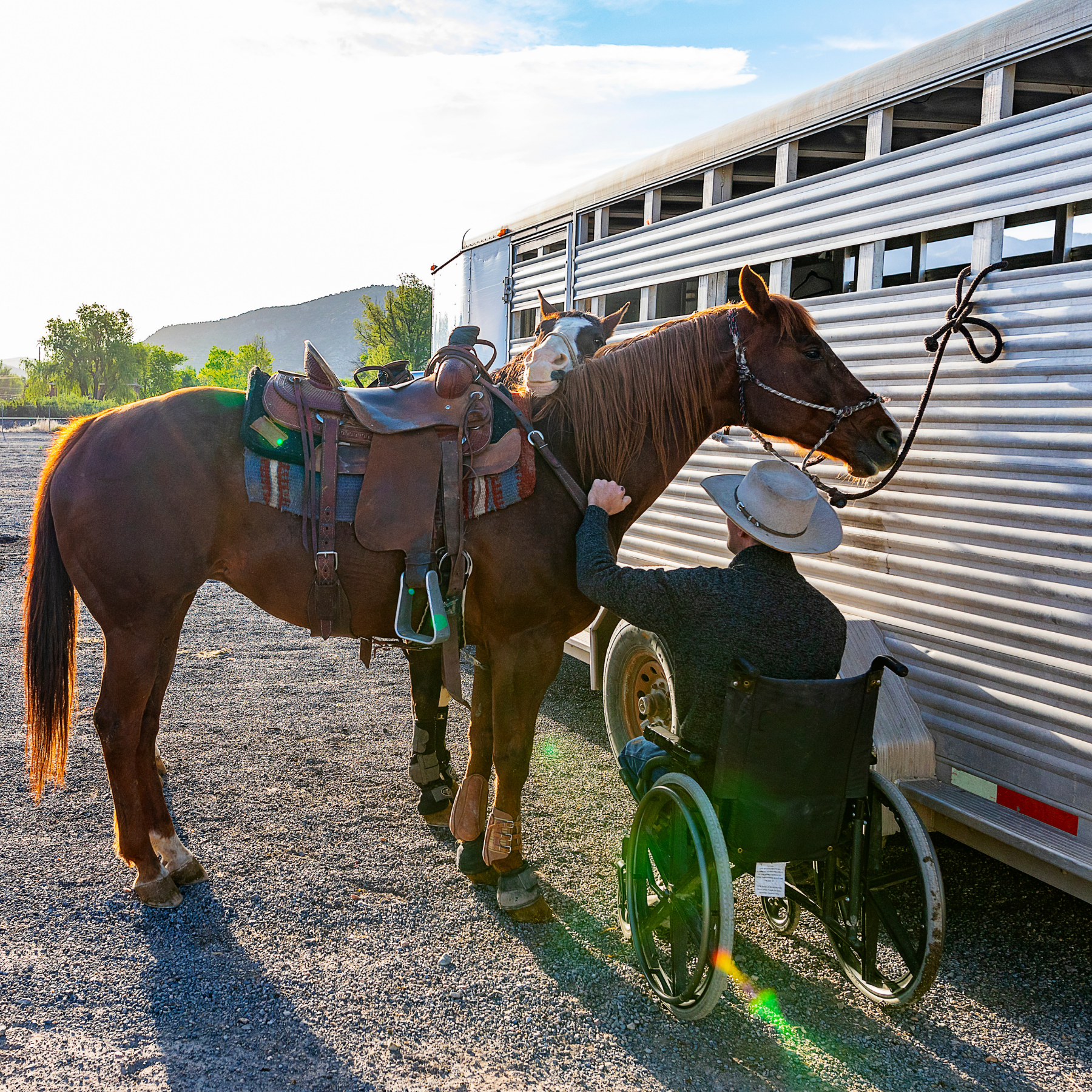 Add a drop-down step with non-slip material and attach an extra handle to farm machinery.
Add a drop-down step with non-slip material and attach an extra handle to farm machinery.- Install suspension seats or seat cushions with lumbar support and adjustable armrests in tractors to help absorb shock, protecting joints.
- Add mirrors inside and outside of the tractor cab decreases twisting motions.
- Use a wheelbarrow or utility vehicle to move heavy objects to help minimize pressure on the knees and back.
- Add padding and/or extenders to gears and handles can make them easier to use.
- Wrap smaller handles to increase grip size:
- Washcloth around the handle and secure it with tape.
- Self-adhesive ACE bandage around the handle for desired thickness.
- Craft foam or foam pipe insulation around the handle and secure it with tape.
- Pieces of rubber hose around the handle and secure them with tape. (2)
Additional Resources:
Arthritis and Agriculture | A Guide to Understanding and Living with Arthritis. National AgrAbility Project and the Arthritis Foundation.
Webinar: Arthritis and Agriculture: The importance of protecting your joints (Maine AgrAbility Project recorded: June 2, 2020) Farmers lose quality-of-life because of chronic pain, aching, stiffness, and swelling in and around the joints. Making small changes in their working routines and using Assistive Technology (AT) can significantly reduce injury to the joints. Please join this discussion of Arthritis, the prevalence of the disease in farmers, and possible modifications to reduce its effects. Watch the webinar here.
References:
(1) https://extension.sdstate.edu/arthritis-and-agriculture
(2) https://ohioline.osu.edu/factsheet/AEX-982.1-11
(3) https://www.arthritis.org/health-wellness/healthy-living/managing-pain/pain-relief-solutions/heat-therapy-helps-relax-stiff-joints
(4) https://health.clevelandclinic.org/whats-better-for-soothing-arthritis-pain-ice-or-heat/
